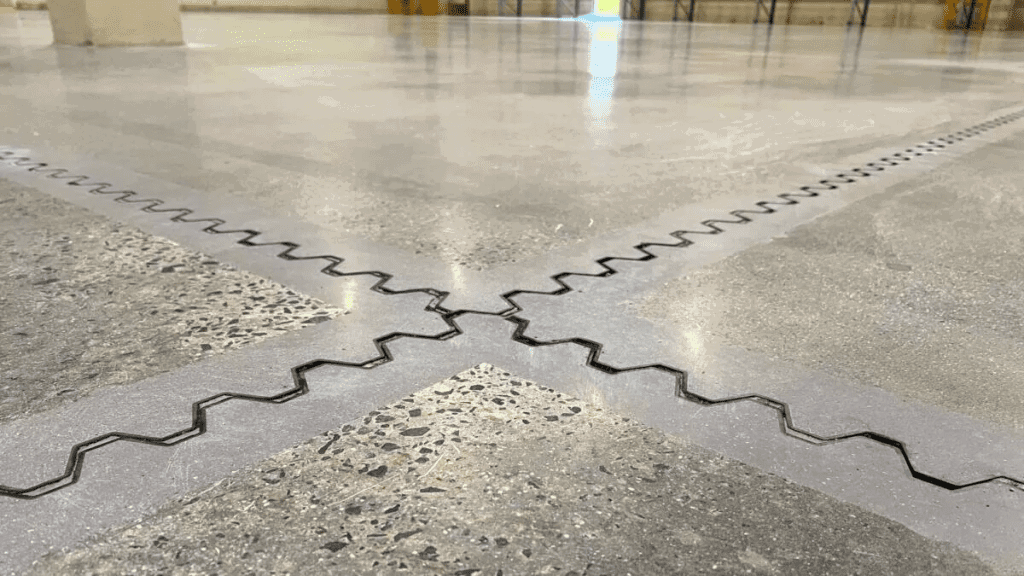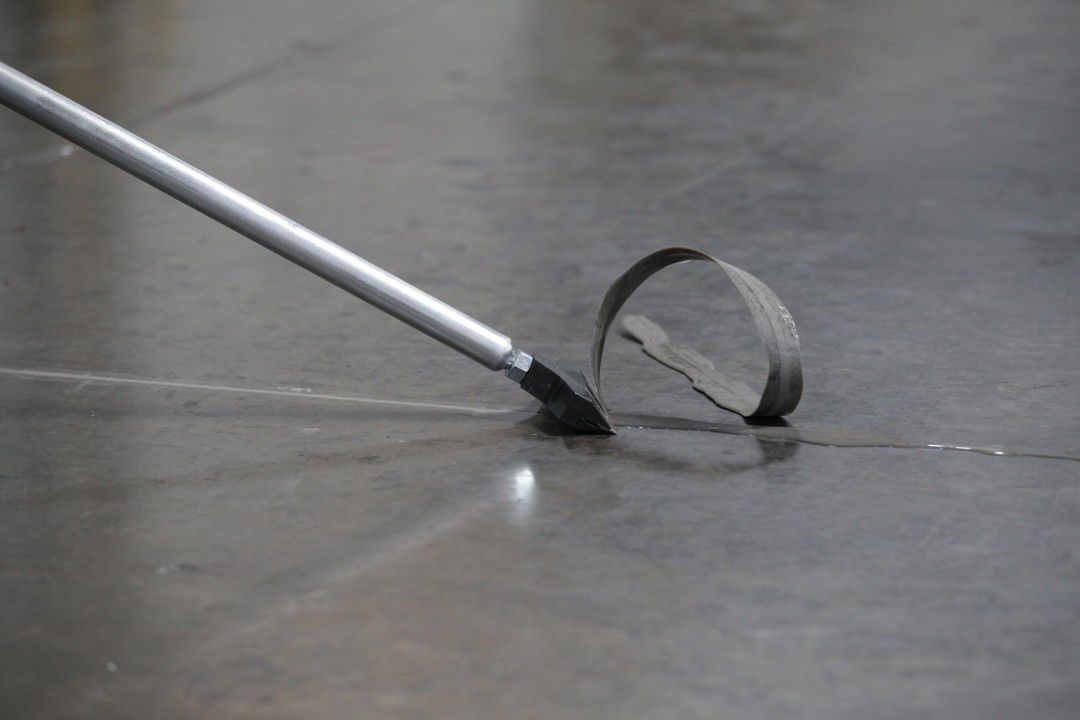Le contrôle de la qualité des fissures et des joints réparés sur le béton poli est essentiel pour garantir une surface finie lisse, esthétique et durable. Il est essentiel de réparer les fissures et les joints sur les sols en béton poli afin de préserver leur sécurité, leur intégrité et leur esthétique.
Vous pouvez commencer par évaluer soigneusement l'étendue et le type de dégâts. Les différents types de fissures (fissures de retrait, fissures de tassement, fissures structurelles) peuvent nécessiter d'autres méthodes de réparation. Comprendre la cause des fissures permet de sélectionner l'approche de réparation appropriée.
Préparation de la surface
Nettoyer la surface : Assurez-vous que la surface du béton est exempte de poussière, de saleté et de contaminants. Cela peut nécessiter un lavage sous pression ou un grenaillage.
Retirer les matériaux détachés : Utilisez les outils appropriés pour enlever le béton détaché ou détérioré autour des fissures et des joints. Il peut s'agir d'un burinage, d'un meulage ou d'un découpage à la scie.
Choisir les bons matériaux de réparation
-
Produits de remplissage époxy:
Pour les fissures étroites, les mastics à base d'époxy sont souvent recommandés. Ils offrent une forte adhérence et une grande durabilité. Veillez à ce que le produit de remplissage époxy soit de la même couleur que votre béton.
-
Produits d'étanchéité en polyuréthane:
Les mastics en polyuréthane sont flexibles et conviennent aux joints qui nécessitent une certaine capacité de mouvement.
-
Enduit de ragréage pour béton:
Pour les réparations plus importantes, utilisez un produit de ragréage pour béton qui correspond à la composition et à l'aspect du béton existant.
Application correcte
Pour une réparation réussie, il est essentiel de respecter les instructions du fabricant lors du mélange et de l'application des matériaux de réparation. Lorsque vous remplissez les fissures et les joints, assurez-vous d'atteindre la bonne profondeur et d'éliminer les poches d'air ou les vides. Après la réparation, lissez la surface pour qu'elle corresponde à la texture du béton environnant. Pour obtenir une résistance maximale, il est nécessaire de faire durcir correctement la zone réparée en respectant les temps de durcissement recommandés. Enfin, inspectez attentivement les zones réparées pour détecter les imperfections, telles que les bulles d'air, les irrégularités ou les différences de couleur. Effectuez les retouches nécessaires avant de procéder aux dernières étapes du polissage.

Meulage et polissage
Après le durcissement complet des réparations, il est essentiel de poncer toute la surface pour obtenir un aspect uniforme. Pour obtenir le niveau de douceur et de brillance souhaité, passez progressivement à des grains plus fins. Appliquez ensuite un produit de scellement pour béton de haute qualité, compatible avec le processus de polissage et offrant une bonne adhérence, afin de protéger la surface polie et les zones réparées.
Produits de comblement des articulations
Le choix du matériau de remplissage des joints pour les sols en béton poli dépend de plusieurs facteurs, notamment le type de joint, le mouvement attendu dans le joint et l'esthétique souhaitée. Voici quelques options standard de matériaux de remplissage de joints pour le béton poli :
-
Produits d'étanchéité en polyuréthane:
Les mastics en polyuréthane sont très appréciés pour remplir les joints des sols en béton poli. Ils sont flexibles, durables et peuvent s'adapter à un certain degré de mouvement dans le joint. Les mastics en polyuréthane sont également disponibles en différentes couleurs, ce qui vous permet de les assortir à la couleur du béton et d'obtenir un aspect homogène.
-
Produits d'étanchéité à base de polyurée:
Les mastics de jointoiement à base de polyurée sont connus pour leur temps de durcissement rapide, ce qui permet de minimiser les temps d'arrêt pendant l'installation. Ils offrent une bonne adhérence et une bonne flexibilité, ce qui les rend adaptés aux joints étroits et larges.
Les joints de dilatation ou de contrôle sont installés pour prévenir les dommages causés par les dalles de béton qui se dilatent et se contractent sous l'effet d'un trafic à forte usure, et les mastics de joints préformés pour maintenir l'intégrité de la dalle et empêcher les débris d'y pénétrer.

Signature AR de Permaban est un système de premier ordre pour le remplissage des joints, fabriqué en PVC durable. Il est couramment utilisé dans les environnements industriels où l'on s'attend à ce que les joints bougent et où le bord de la dalle existante a besoin d'être renforcé pour éviter que les joints ne soient davantage endommagés.
N'oubliez pas que la qualité des travaux de réparation et de polissage peut avoir un impact significatif sur l'aspect final et la durabilité de la surface en béton poli. En investissant du temps et des efforts dans une préparation et une exécution correctes, vous obtiendrez les meilleurs résultats.




